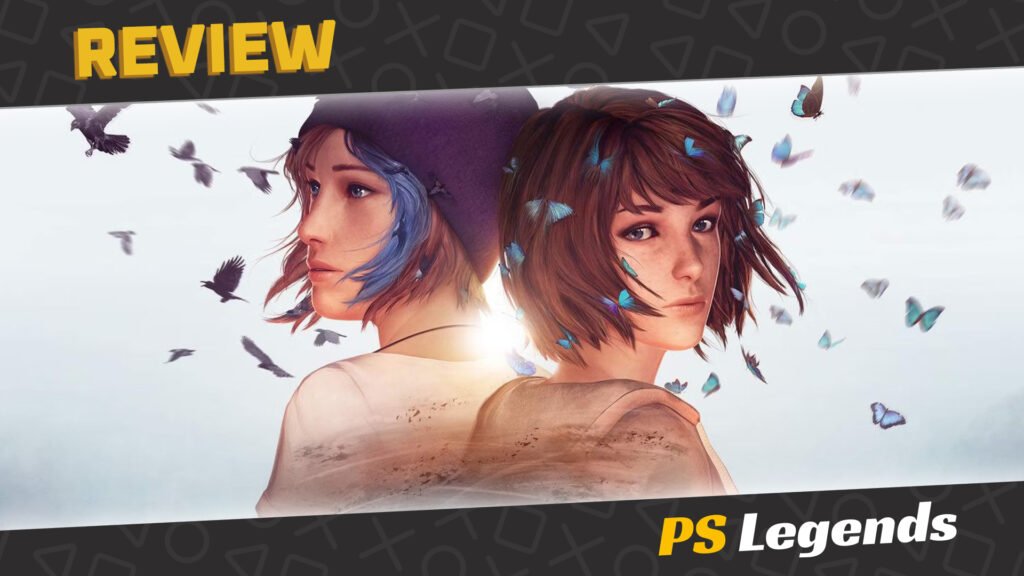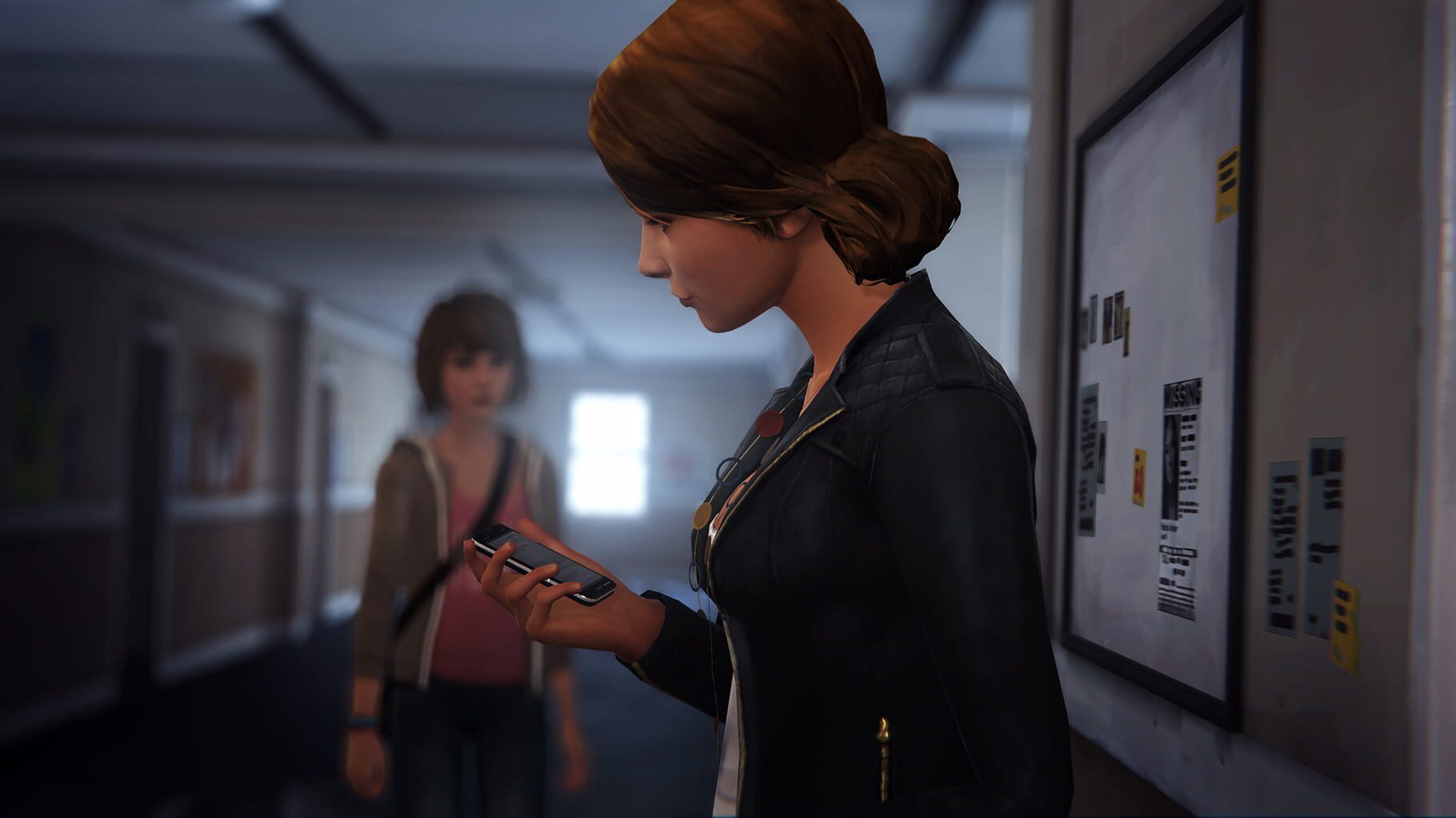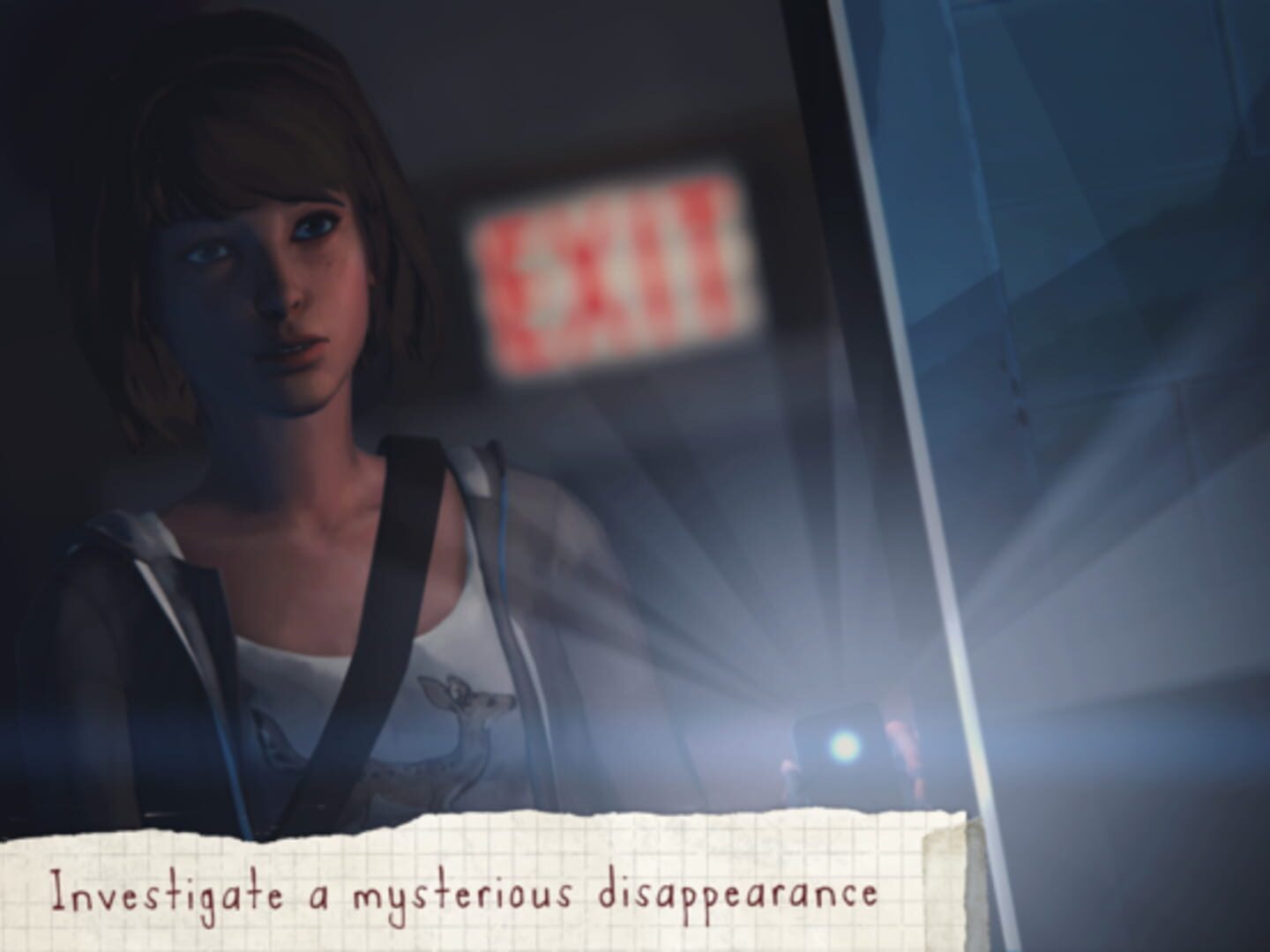Released episodically in 2015, Life is Strange stands out as a masterful example of storytelling in video games.
Developed by Dontnod Entertainment and published by Square Enix, Life is Strange is an episodic graphic adventure game that since its release has captivated players with its unique time manipulation mechanic, deep narrative, and rich character development.
In this review we will explore the many sides that make up the brilliance that is Life is Strange, delving into its captivating narrative, intricate character development, interesting game mechanics and artistic direction amongst many more things.
On This Page
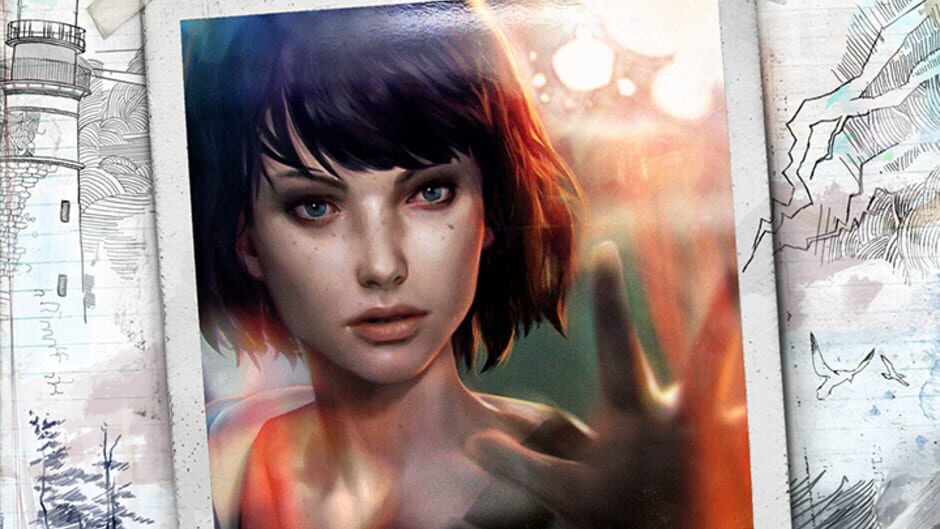
Engaging Narrative
At its core, Life is Strange is all about the strength of its narrative. Set in the fictional town of Arcadia Bay, players assume the role of Max Caulfield, a high school student equipped with the extraordinary ability to rewind time. This narrative device serves not only as a gameplay mechanic but also as a catalyst for an in-depth exploration of cause and effect, choices, and their consequences.
Similar to telltale games, Life is Strange has an episodic structure as it is comprised of five episodes. This structure aids itself well to allowing for a meticulous examination of character dynamics and plot intricacies as every episode unfolds with the precision of a well-crafted novel, featuring dialogue that is both poignant and yet possesses an authentic feel. The narrative, paced masterfully, builds tension progressively, offering players a series of meaningful choices that exert a realistic influence on the unfolding story.
Character Development
Another area where Life is Strange truly excels is in its character development, each character comes across as a genuine individual, each with their own depth, vulnerabilities, and relatable struggles. Max Caulfield as our central protagonist, undergoes a transformative journey where she is tasked with grappling with the responsibilities that accompany her newly discovered powers. However, the true brilliance lies not only in Max but also in the supporting cast, most notably her best friend Chloe Price. The relationship between both of them is at the heart of what makes the game so unique.
The strength of character development is evident in the authenticity of the characters’ dialogue and interactions. Life is Strange fosters a profound emotional connection by presenting characters as real people facing genuine challenges.
The characters in “Life is Strange” are ones which are richly developed, each equipped with backstories and personalities that naturally and believably evolve throughout the game. Our main character Max’s journey is one which can be best described as one of self-discovery and growth, her relationship with Chloe standing out as a core element of the story. The game explores their friendship with authenticity, capturing the highs and lows that come with rekindling a once-close relationship after many years apart.
Supporting characters are also given the depth and complexity they deserve thankfully avoiding the trap of one-dimensional stereotypes that many other games suffer from. Each supporting character has their own motivations, secrets, and development that contribute to the overarching narrative. This extreme level of attention to detail ensures that players are invested not just in the protagonists, but in the entire cast of Arcadia Bay.

Time-Rewinding Mechanic
An innovative aspect that sets Life is Strange apart is Max’s ability to rewind time, this is seamlessly integrated into both the narrative and gameplay. This unique power serves not only as a puzzle-solving tool but as a narrative device that forces players to consider the consequences of their choices. The strategic use of time manipulation adds complexity to decision-making, as players must weigh immediate advantages against potential long-term repercussions.
The time-rewinding mechanic also enhances replay ability as it actively encourages players to explore alternative choices and witness the different outcomes that can occur depending on their choices. This transforms the game into a dynamic experience, where each playthrough offers fresh insights and challenges. The intricacies of this mechanic all further contribute to the overall theme of the butterfly effect, where seemingly minor decisions can lead to significantly enormous consequences.
Artistic Direction and Soundtrack
The visual and auditory elements of Life is Strange also contribute significantly to its immersive nature. The game possesses a distinctive art style which blends hand-painted aesthetics with a muted color palette all of which seamlessly create an atmosphere that feels both nostalgic and mysterious. The town of Arcadia Bay is meticulously designed and undoubtedly becomes a character in itself.
Complementing the visual experience is the outstanding soundtrack. This unique soundtrack is comprised of a curated collection of indie-folk and alternative tracks. Memorable songs such as “Obstacles” by Syd Matters and “Spanish Sahara” by Foals, become forever associated with critical moments in the narrative, enhancing emotional beats and leaving a lasting impression on players. The effortless synergy between the artistic direction and the soundtrack quickly elevates the game to a cinematic level.
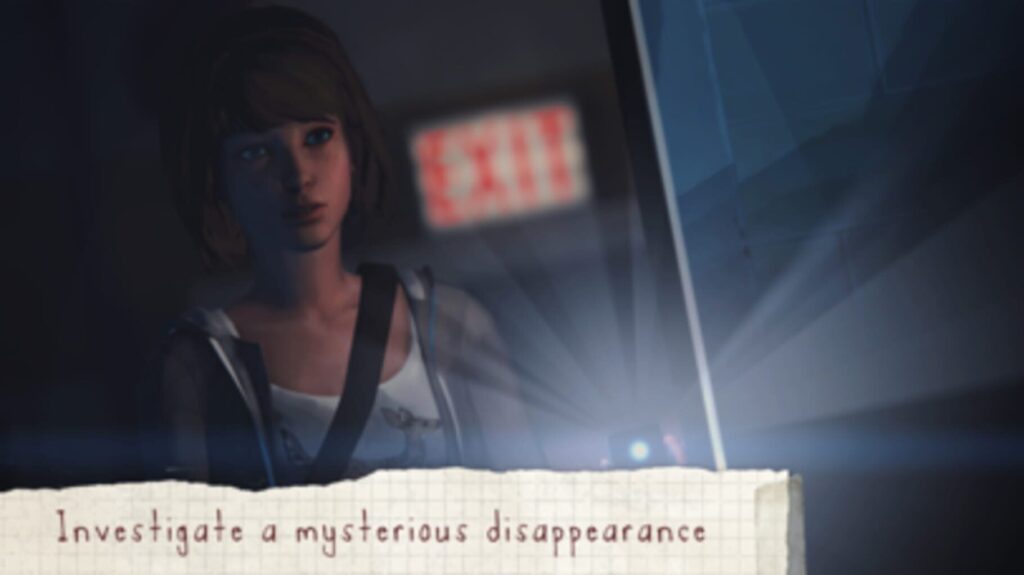
Cultural and Societal Relevance
Life is Strange takes a mature approach when it comes to societal and cultural themes as the narrative touches on issues such as bullying, mental health, and the consequences of unchecked power. The game’s willingness to tackle these themes head-on, without shying away from uncomfortable conversations, adds a layer of maturity and relevance that resonates with a diverse audience.
Life is Strange truly embraces inclusivity by featuring well-rounded characters with diverse backgrounds and identities. This inclusivity contributes to a more authentic and representative narrative, creating a sense of connection for players who may see themselves reflected in the characters on screen.
Community and Fan Engagement
Life is Strange is not an average shallow game; instead, it’s an interactive experience that challenges conventional notions of player engagement. The game’s narrative invites players to actively reflect on their own moral compass actively, forcing them to make decisions that go beyond standard gaming choices. Throughout playing the game it’s extremely hard not to develop a significant emotional investment in the characters which creates a heightened sense of agency and responsibility when facing the consequences of every choice.
The game’s ability to generate genuine emotional responses is a true testament to the game’s narrative depth and character development. Players will find themselves torn between choices and tasked with navigating moral dilemmas that mirror real-life issues. The emotional impact lingers long after the game concludes, solidifying its status as a transformative gaming experience.
The impact of Life is Strange extends into its community and fan base. The game has earned itself a cult following, leading to fan theories, fan art, and discussions that continue long after the initial release. The community’s continuous engagement reflects the lasting impression the game has left on players, sparking conversations about its themes, character arcs, and the philosophical questions the game raises.
Dontnod the creator of Life is Strange commitment to fostering community engagement is evident in the development of additional content and a prequel, “Life is Strange: Before the Storm,” which explores the backstory of central character Chloe Price. This continued engagement demonstrates the enduring appeal the game possesses and the meaningful connections it has forged among players who have experienced it.
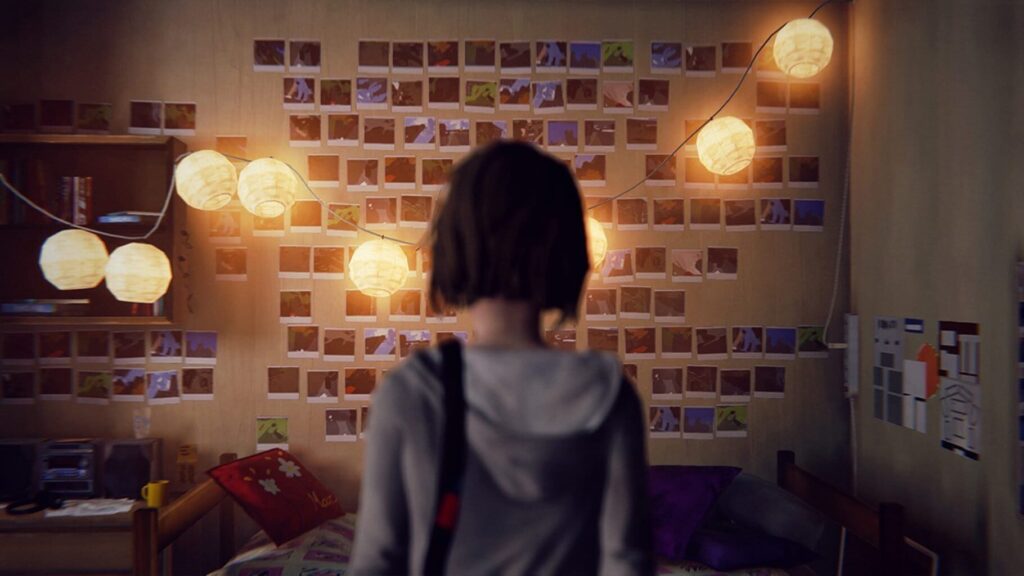
Criticisms
While widely received positively, “Life is Strange” is not without its critics. Some have pointed out the occasional awkwardness in dialogue or the rare technical hiccup. Yet, these minor flaws do not significantly detract from the overall experience. In many ways, they add to the game’s charm, reminding us that it is a labour of love created by a team dedicated to telling a powerful story.
Conclusion
In conclusion, Life is Strange on the PS3 is a magnum opus that transcends the boundaries of conventional gaming. Its brilliance lies in the intricately woven narrative, well-developed characters, innovative time-rewinding mechanic, and the seamless integration of artistic direction and soundtrack. The game’s impact extends beyond the screen, fostering genuine emotional connections, inviting introspection, and sparking conversations about societal themes.
Its legacy will undoubtedly continue to influence and inspire both players and creators in the gaming industry for years to come. Whether you’re revisiting Arcadia Bay on the PS3 or experiencing Max’s story for the first time, “Life is Strange” remains an essential play for anyone who values the power of storytelling in games. Today, Life is Strange stands as a beacon of excellence, not just within the gaming industry but as a cultural and artistic achievement. Its enduring relevance and impact on player engagement showcase the transformative potential of video games as a medium for storytelling. As players navigate the winding streets of Arcadia Bay and grapple with the consequences of their choices, Life is Strange becomes more than a game; it becomes a profound exploration of the human experience, one that you will never forget!
Joys
- Excellent storytelling
- Brilliant soundtrack
- Stunning art design
- A great selection of choice-based gameplay
Cons
- Longer load times and less smooth frame rates
- Controller sensitivity issues
- Some cheesy dialogue
- No physical release on PS3 (digital copy only)
